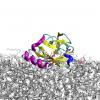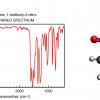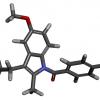On 1 July 2025, the roles, services and technologies of New Zealand eScience Infrastructure (NeSI) were integrated into the crown-owned company, Research and Education Advanced Network New Zealand (REANNZ). Stay connected with us by visiting the REANNZ website.











